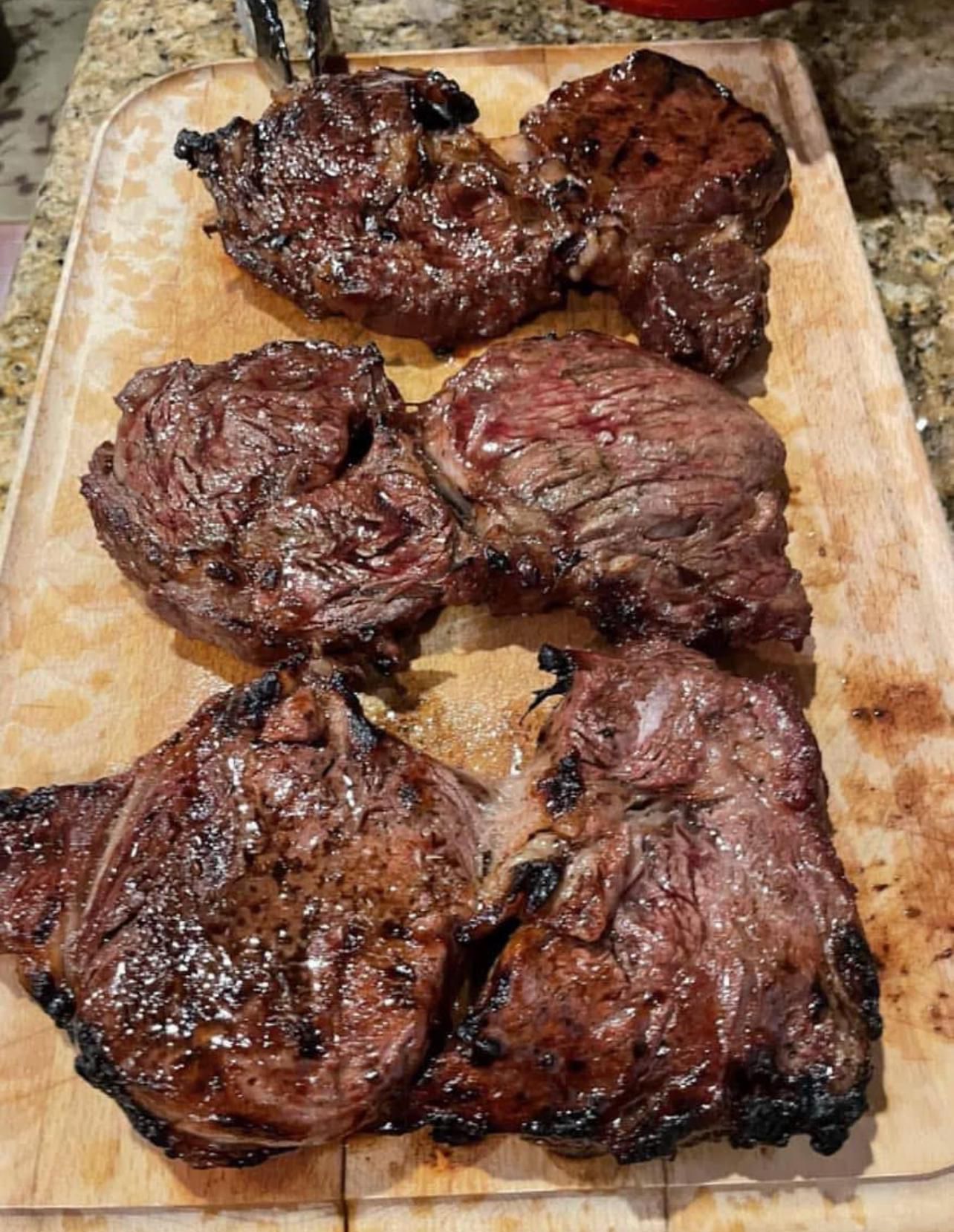ADVERTISEMENT
2. Marinate for Flavor and Tenderness
Marinating meat before cooking not only infuses it with flavor but also helps break down the muscle fibers, making it more tender. A marinade that contains an acidic component (like vinegar, lemon juice, or yogurt) or enzymes (like pineapple or papaya) will help soften the meat.
- For beef or pork, marinate for at least an hour, or even overnight for tougher cuts.
- For chicken, a shorter marinating time of 30 minutes to 2 hours works well.
3. Use Low and Slow Cooking Methods
For tougher cuts of meat, cooking at low temperatures for extended periods allows the collagen in the meat to break down, transforming it into tender, juicy bites. Slow cooking methods like braising, roasting, and slow cooking in a crockpot are excellent choices.
- Braising (browning the meat first and then cooking it slowly with liquid) is great for cuts like brisket, pork shoulder, and chuck roast.
- Slow roasting is perfect for larger cuts like a whole chicken or pork loin. A low oven temperature (around 300°F or 150°C) and longer cooking time help tenderize the meat while retaining moisture.
4. Tenderize with a Meat Mallet or Knife
For certain cuts, using a meat mallet or tenderizing tool can help break down the tough fibers. Gently pound the meat with the mallet to soften it. This technique works especially well for steak cuts like flank steak, skirt steak, and round steak.
- Knife Tenderizing: Alternatively, you can score the meat by making shallow cuts in a crisscross pattern, which will help it cook more evenly and become tender.
5. Let Meat Rest After Cooking
After cooking, always let your meat rest before slicing. Resting allows the juices to redistribute throughout the meat, preventing them from running out when cut. For steaks and chops, rest for at least 5-10 minutes. For larger roasts or whole chickens, 15-20 minutes is ideal.
6. Use the Right Cooking Temperature
Overcooking meat will cause it to become tough, so it’s important to cook it to the right temperature.
- For steaks: Aim for medium-rare to medium doneness for the most tender results (130°F to 140°F or 54°C to 60°C).
- For poultry: Cook chicken to an internal temperature of 165°F (74°C) to ensure it’s tender and safe to eat.
- For slow-cooked meats: Don’t rush it—low and slow is the way to go for a tender, juicy roast or stew. For braises, keep the temperature at a simmer rather than a boil.
7. Rest, Slice, and Serve
When cutting meat, always slice against the grain. Slicing against the grain helps shorten the muscle fibers, which makes the meat easier to chew and more tender. For tougher cuts like brisket or flank steak, this is especially important.
Additional Tips for Extra Tenderness
- Braising with Liquid: Braise meats like short ribs, chuck roasts, or lamb shanks in a flavorful liquid like broth, wine, or even beer. The liquid helps to break down the connective tissue while imparting rich flavor.
- Use a Slow Cooker or Instant Pot: These appliances are excellent for tenderizing tougher cuts of meat. Set them on low for a longer cook time for the most tender results, or use the pressure-cooking function for a quicker method.
- Sous Vide Cooking: Sous vide cooking is a modern technique where meat is sealed in a vacuum bag and cooked in hot water at a precise temperature. This method guarantees that the meat cooks evenly and retains moisture, producing incredibly tender results.
Conclusion
Cooking meat so tender that it melts in your mouth doesn’t require complex techniques or fancy ingredients—it’s all about using the right methods. Whether you’re cooking tough cuts like brisket or pork shoulder, or simply trying to ensure your steak is juicy and tender, these tips will help you achieve perfectly tender meat every time.
Next time you cook meat, remember these techniques, and you’ll be rewarded with tender, flavorful dishes that will leave everyone at the table asking for more.
ADVERTISEMENT
ADVERTISEMENT
